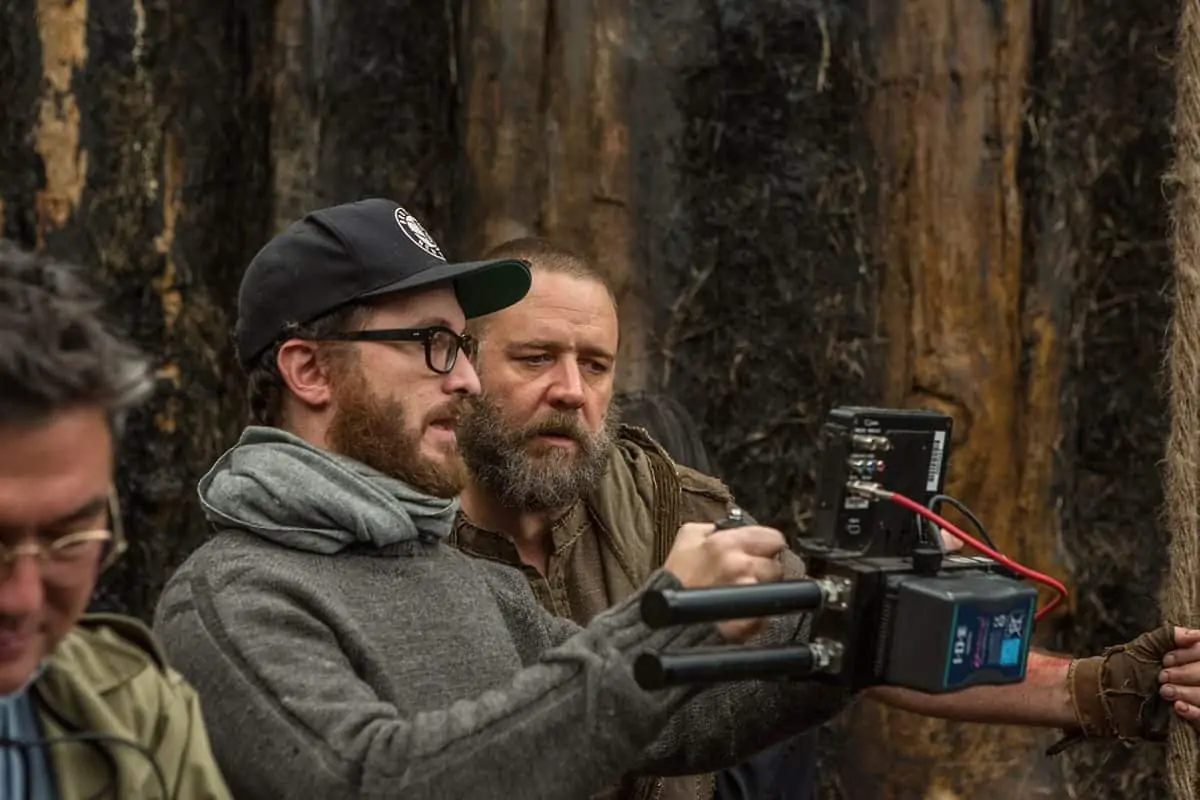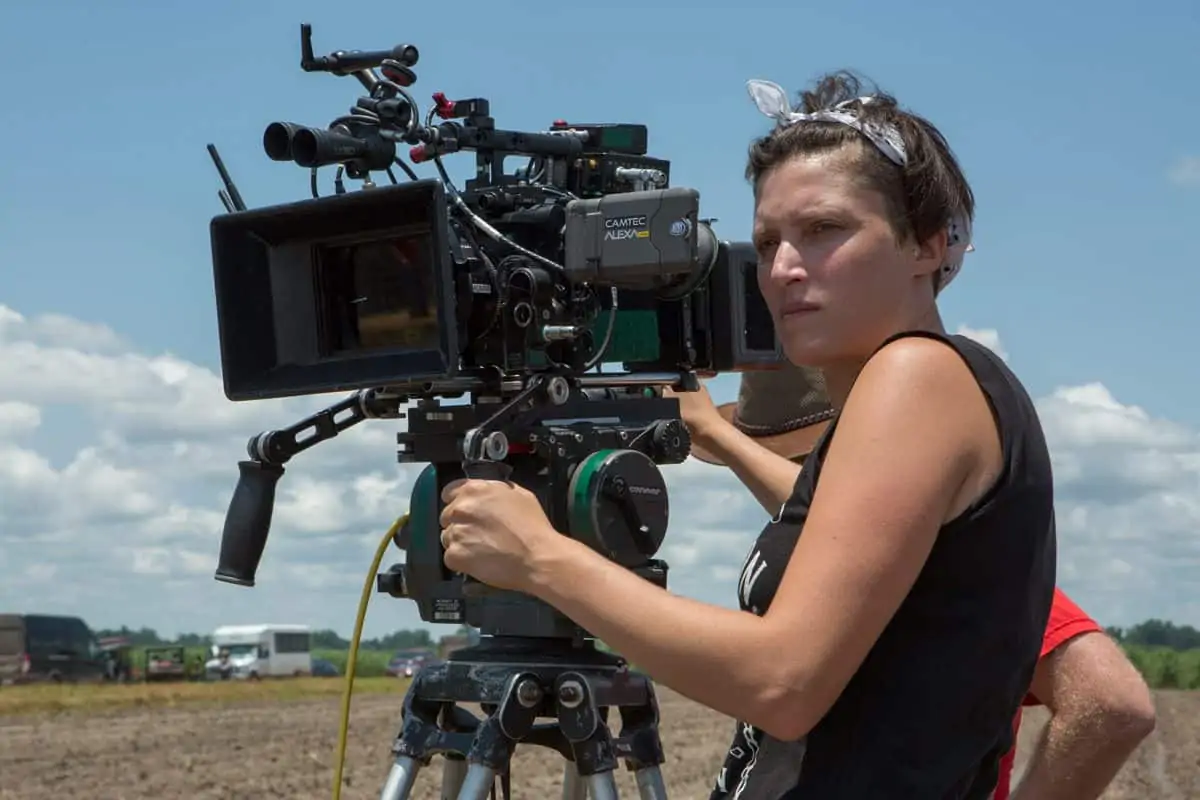Subtle Dance
Matthew Libatique ASC / Black Swan
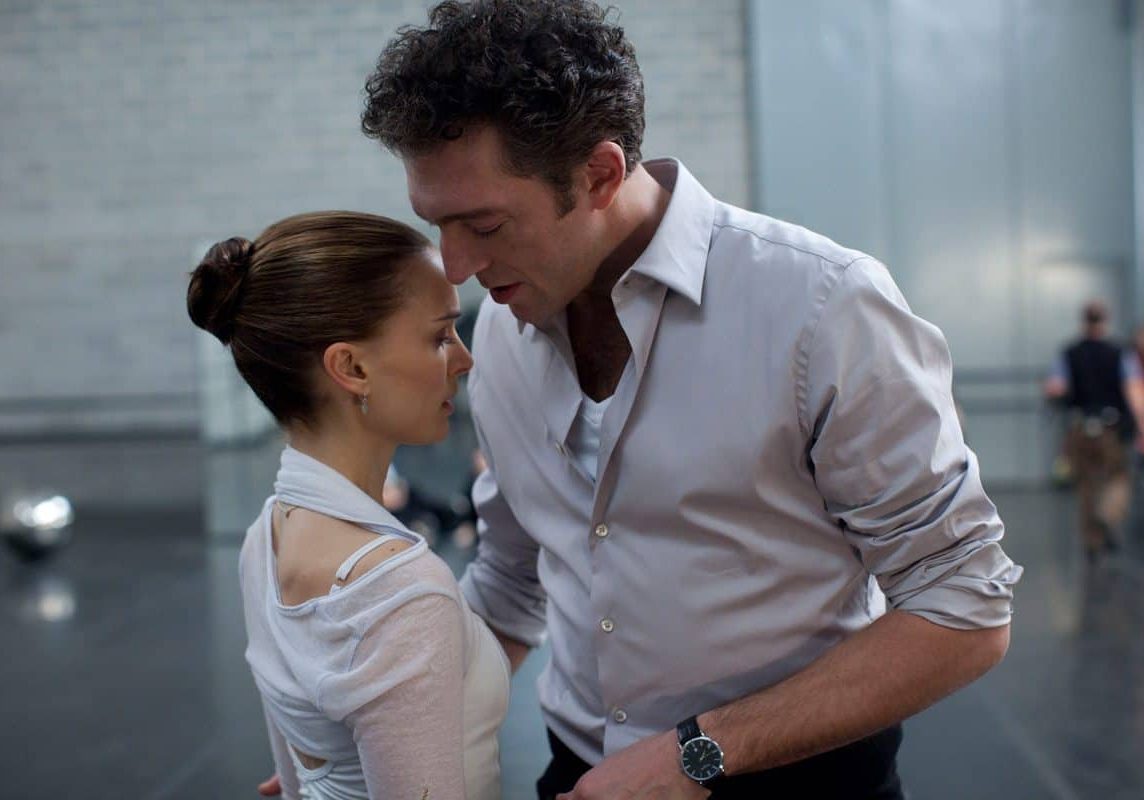
Subtle Dance
Matthew Libatique ASC / Black Swan
BY: Robert Allen
After seeing Black Swan at the Telluride Film Festival, a New York Times critic enthusiastically described it as a supernatural thriller filmed against a ballet world backdrop. It can also be thought of as a hybrid cross between The Red Shoes, which Jack Cardiff BSC created visual magic for in 1948, and a dark, character-driven mystery directed by Alfred Hitchcock, writes Robert Allen.
Black Swan is the fourth co-venture for Matthew Libatique ASC and director Darren Aronofsky on a longform narrative film, following in the wake of Pi (1998), Requiem For A Dream (2004) and The Fountain (2006). They met and collaborated on two short films during the dawns of their careers as students at the American Film Institute during the early 1990s.
“Darren told me about his idea for Black Swan around 10 years ago,” Libatique says. “The script was originally called The Understudy and it was set in the live theatre. Somewhere along the way, Darren became fascinated by ballet and switched the focus to that world. He felt that dramatically and visually ballet would provide a better canvas for the drama.”
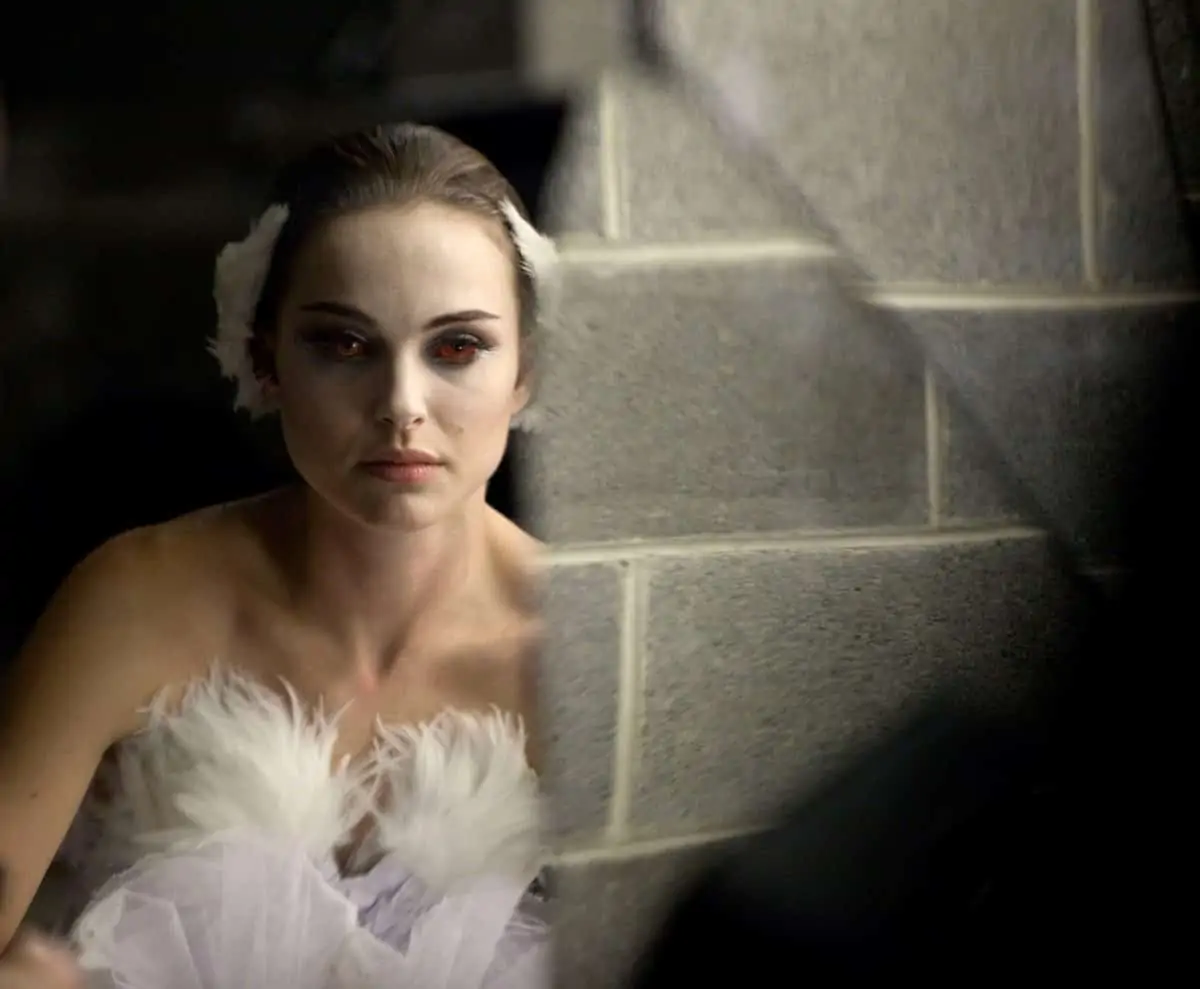
The story: Vincent Cassel, the director of a New York ballet company, shuns prima ballerina Beth (played by Winona Ryder) and gives Nina (played by Natalie Portman) the leading dual role as the White Swan and Black Swan in Swan Lake. It’s the chance of a lifetime for the sheltered and repressed ballerina. The story twists in a different direction when Cassel brings Lily (played by Mila Kunis), a younger ballerina onboard to play the Black Swan.
Nina and Lilly are soon locked in a fierce competition with Beth muttering obscenities and accusations on the periphery. Dramatic nuances are weaved into the fabric of the story in the tense relationship between Nina and her overbearing mother (played by Barbara Hershey).
“Darren has liked the Super 16mm format as long as I've known him,” Libatique says. The Wrestler, which Aronofsky produced in Super 16mm earned two Oscar nominations. Libatique says that the decision to produce Black Swan in Super 16mm enabled them to cover scenes with a handheld camera that moved in tune with ballet dancers while capturing an organic film look, including visual nuances in contrast and colours.
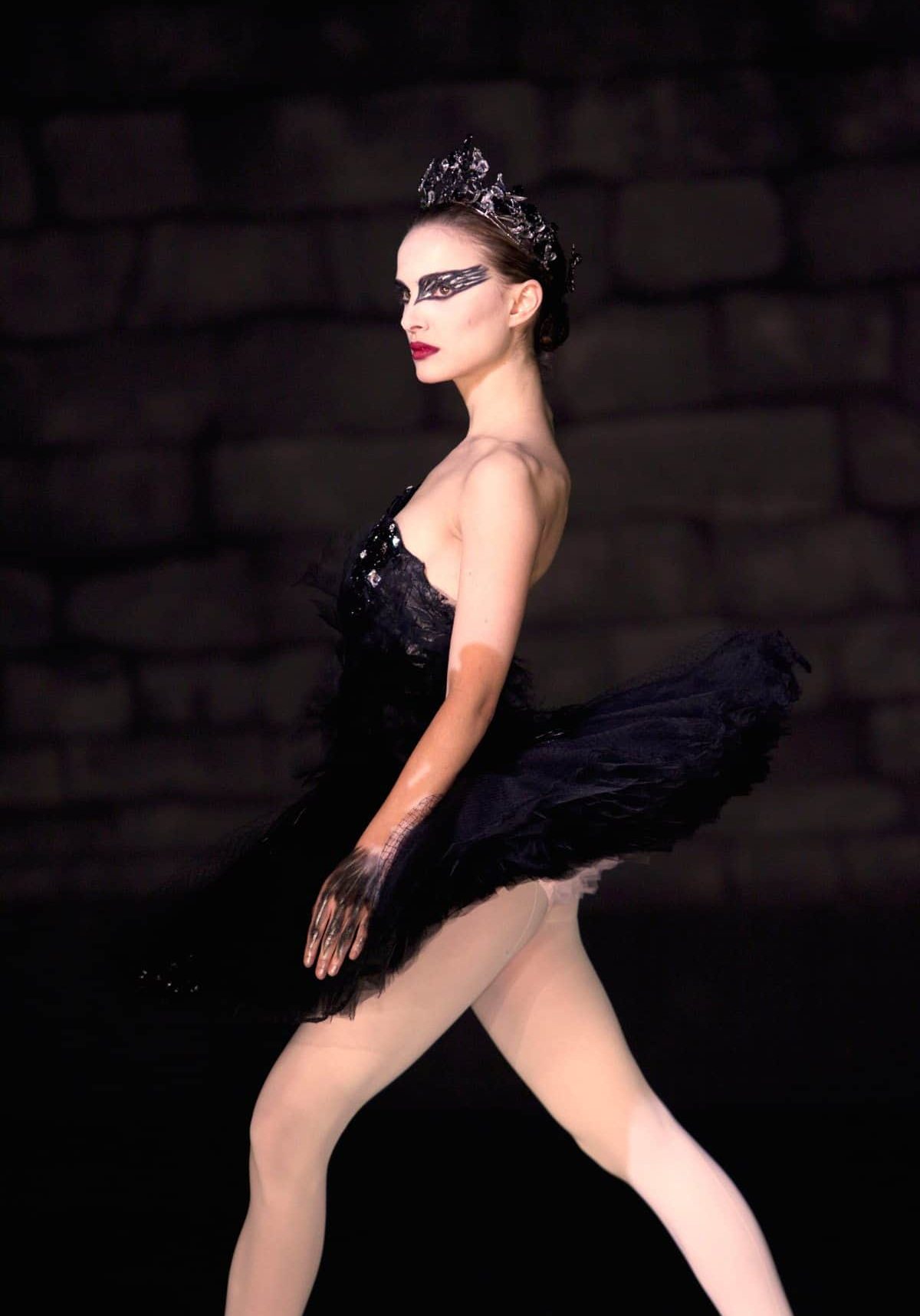
"I don't think about the DI when I’m shooting a film. I know it's looming, but I try to be as specific with colours and exposure as I can while we are shooting. I think of the DI as a colour timing session and not a fix-it session."
- Matthew Libatique ASC
Black Swan was primarily produced at practical locations in and around New York City. Lincoln Center, in Manhattan, provided the inspiration for spaces where they filmed rehearsals, scenes in corridors and dressing rooms. An apartment in Brooklyn served as the home Nina shares with her mother.
Libatique estimates that they spent 75 percent of the 42-day production schedule at those locations. Ballet scenes were filmed on location at SUNY Purchase. Preproduction planning included studying ballet documentaries.
“Theresa DePrez (production designer) met with Natalie and Barbara to discuss colours that were right for their characters in different scenes in the apartment they shared,” Libatique says. “Darren also made his intentions clear about the atmospheres he envisioned.”
Libatique went to rehearsals of dance scenes and recorded every move with a Canon 5D DSLR camera. That gave him both mental and physical pictures of what to anticipate.
“Darren worked closely with the actors and he is very focused,” Libatique says. “What you see on the screen is what he intended from the beginning, though he gave the cast room to shape their characters in nuanced ways and embraced their contributions.”
With the exception of one scene, Libatique covered everything from ballet rehearsals and performances to dramatic sequences with a single ARRI 416 camera mounted with Cooke prime lenses. The sole exception was a scene where Cassel (played by Thomas Leroy) meets members of the dance company as they file into a large rehearsal hall and begin to warm up. Libatique and Aronofsky chose to cover that scene with two cameras from different perspectives. Libatique chose Fuji Vivid 500T and 250 T colour negative films for his palette.
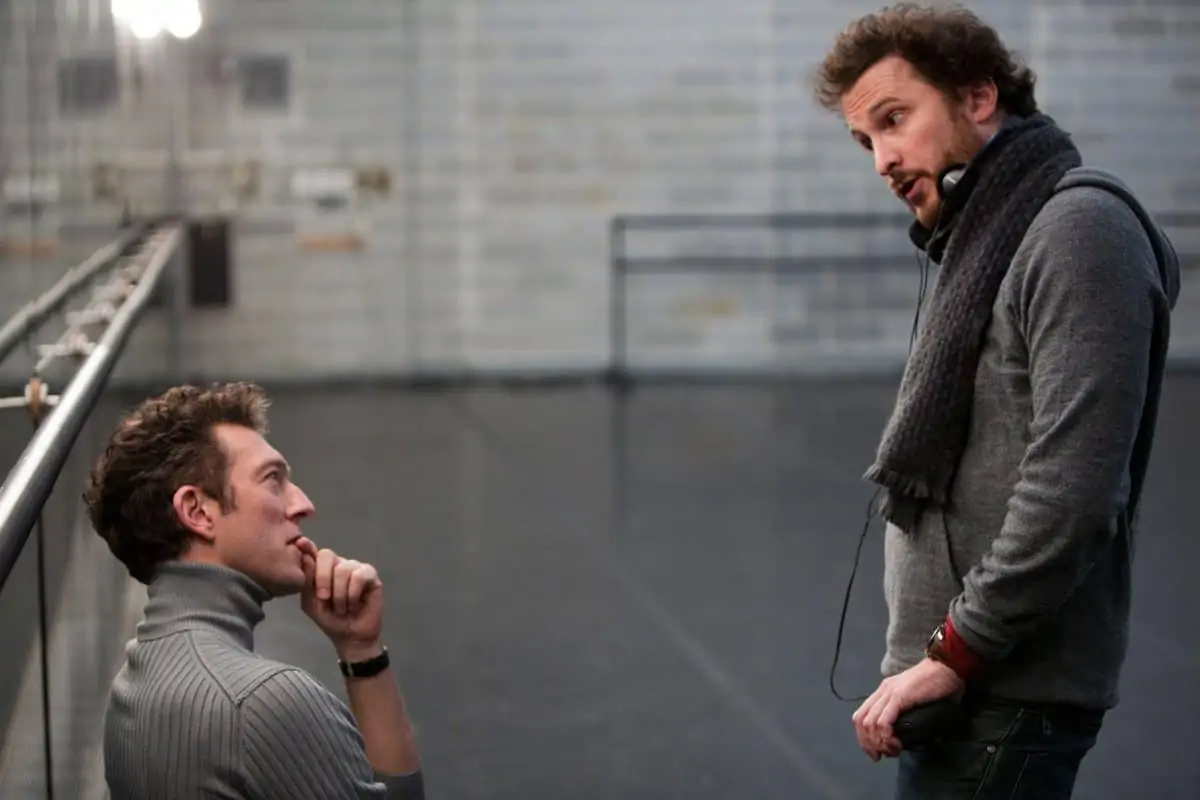
The audience gets to study how the dancers move during two rehearsal sequences before they perform in front of an audience at the Lincoln Center. The choreographer for dance sequences was Benjamin Millepied, who plays the same real world role with a ballet company in New York City. Dance performances were illuminated with four spotlights and CYC strip lights with different coloured gels. Dimmers were used to mix colours of light in tune with performances.
"Natalie did a phenomenal job dancing,” Libatique says. “She trained and rehearsed for three months, which is clearly not enough time to become a ballerina, but she made big strides. Her performances, both dancing and dramatic, were fantastic."
A double was used on some wide-angle shots with face replacements done in post. What Conrad Hall ASC would have called a 'happy accident' occurred during the filming of a scene where the characters were rehearsing for the final act of Swan Lake.
“My intention was to use a front row of floodlights to create multiple shadows of Nina as a visual metaphor for the shifts in her personality,” Libatique says. “When I saw the final rehearsal of choreography, I realised the other ballet dancers were in-between the footlights and Nina. They were casting shadows that surrounded her. I realized that was 10 times better than what I had planned. Nina was the only person who wasn’t masked in shadows.”
There was no video village. Libatique and Aronofsky were always close to the camera with handheld monitors which enabled them to see composition.
“Darren likes to be close to where the action is going to end,” Libatique says. “There were times when I had to hide behind something so I wasn’t in backgrounds of shots. There are dramatic scenes in the apartment where Nina lives with her mother. Our approach was to keep the film looking as naturalistic and atmospheric as possible. We used soft light, including a lot of practicals as they moved around the apartment.”
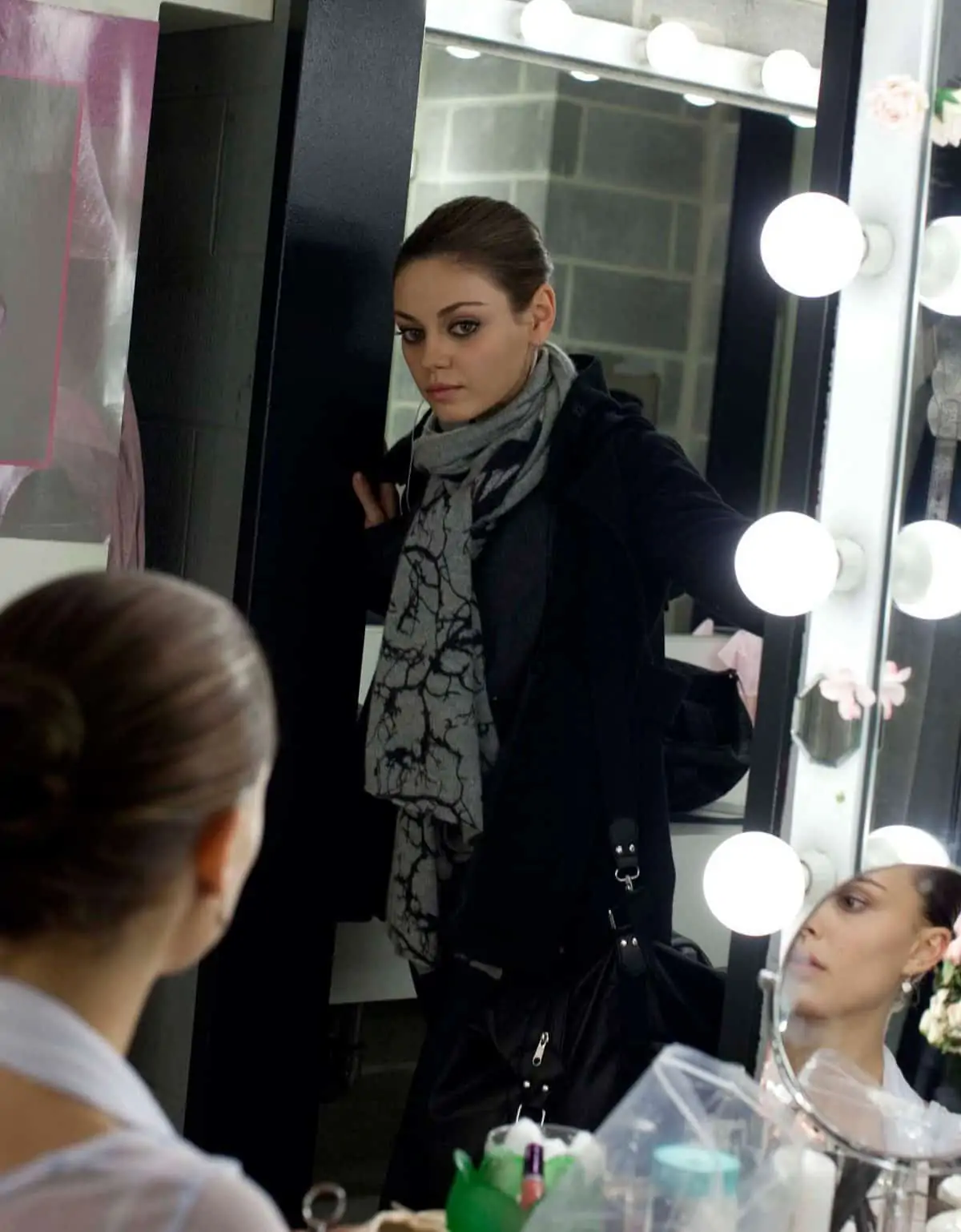
"Our approach was to keep the film looking as naturalistic and atmospheric as possible. We used soft light, including a lot of practicals as they moved around the apartment."
- Matthew Libatique ASC
The only time the camera was on a dolly was in a shot in the third act. Portman and the camera were on a tripod that was riding on a dolly being pushed on about a 100ft-long track. At the end of the track, the actress falls on the mattress in slow motion. The New York Times critic described that shot as “a mystical touch.”
Libatique refers to scenes like that as visual metaphors where images speak like words. There is a scene where the ballet director criticizes Nina for being too perfect, because she doesn't let herself go on an emotional level and transition into a darker character.
Front-end lab work was done at Technicolor, in New York. “Their feedback helped me set my strategy for exposing the negative,” Libatique says. Sam Daley timed dailies. Final touches were put on the look during digital intermediate (DI) timing at Technicolor in New York. The DI colourist was Tim Stipan who timed The Wrestler. Black Swan was his first collaboration with Libatique.
“I don't think about the DI when I’m shooting a film,” Libatique says. “I know it's looming, but I try to be as specific with colours and exposure as I can while we are shooting. I think of the DI as a colour timing session and not a fix-it session.”
The film was scanned at 3K resolution to get nuanced details in colours, resolution, light, darkness, contrast and skin tones off the negative. It was down-rezzed to 2K for DI timing.
“In our first discussion, Matty said that it's a dark, moody, psychological thriller with main characters who are beautiful people,” Stipend says. “He stressed that it was critical to get their skin tones, expressions of their faces and the unspoken words seen in their eyes right.”
Libatique was shooting Cowboys And Aliens in New Mexico when Black Swan was edited and ready for DI timing. He flew to Los Angeles on weekends. Libatique was in a suite at Technicolor and Stipan was in New York. They communicated by speaker-phone while Libatique watched images projected on a screen via satellite.
“We used a high-speed data link (T-VIPS) to project images on a large screen,” Stipan says. “There were more than 300 visual effects, including some replacements of faces. We wanted to be sure that we were being true to Matty’s vision, because the audience reads images as though they are words. Nuances reveal emotions and thoughts that augment words.”
Stipan sent Libatique HD masters of the timed film, which he watched in the dailies trailer on location. Black Swan was produced by Cross Creek Pictures with a modest budget estimated at around $13 million. The distributor is Fox Searchlight.
